This would be what is called a “first principle” – which means it applies to virtually every kitchen design problem you might ever encounter. It provides the underpinning of other, lesser principles and provides the basis for a set of working design techniques; its application leads to a successful result in every kitchen to which it is applied. First principles in kitchen planning, indeed in any undertaking, are the bedrock on which workable solutions rest.
As an example, the Golden Rule (treat others as you wish to be treated) could be called a first principle in the field of religion: some version of it can be found in virtually every religious philosophy on earth. It applies to the vast majority of human relationships, and if applied will move things in the direction of harmony.
What constitutes a successful result in kitchen planning? It’s simple, really: a space that actually functions, allowing the user to work in an environment that supports meal preparation in a safe, efficient and pleasant way. This is NOT about decoration. It’s not about the myriad additional functions kitchens serve these days: homework, family meals, paying of bills, laundry, informal entertaining: these activities are perfectly acceptable to accommodate so long as they don’t interfere with the primary function of a kitchen, which is preparing meals.
This is about a space that allows its user to cook easily and well as a result of proper attention having been paid to the following key components:
- equipment (appliances large and small, powered and not)
- utensils
- sophisticated plumbing fixture systems that allow the movement of food from storage through wet prep to hot prep
- cabinetry – a thorough understanding of functional issues in this component is key; again, decoration is irrelevant until the layout is sorted properly
- synthesis – the process of combining seemingly disparate elements, both off-the-rack and customized, to create a more effective system. This is a key requirement in the designers’ skill-set to be covered in more depth in another article.
I have to point out here the so-called “work triangle” is the opposite of a first principle. In point of fact, it is a statement of the first problem in the design of a kitchen, which is to say “how do we decide where to put things?” As an example of how a bad idea can continue to survive, check out this article from February 2018, from an Architectural Digest website, no less:
https://www.architecturaldigest.com/story/kitchen-triangle-best-way-to-design-a-kitchen .
The article makes a lot of general claims and then, at the very end, says (and I am paraphrasing here) “pay no attention to everything the author just wrote, if it doesn’t work for you, just ignore it”. This is not exactly a way to develop a set of design techniques that prove effective for all users.
Click here to see an example of the work triangle in action:
So, to the original question regarding first principles: what is the most fundamental?
At this point it seems a bit of a wrestling match between
“most often used, closest to hand”, and
“layout is dictated by the sequence of tasks in cookery” and its various detailed expansions.
As I write this, it seems the latter tends to grow out of the former, which would in turn seem to answer the question if we accept the premise that these two are the closest to an irreducible first principle we can get.
If you combine the two, you’ll find they allow the development of a fairly simple (at least on their face) set of design techniques with which to work. There will be more on the development and use of these techniques, but again, in another article.
The problem with calling the techniques simple is that they apply to a massive array of elements, both physical and philosophical, and a mind-boggling mix of equipment and materiel; in short, more than a full-time job’s worth. They require years of experience combined with significant talent to be used professionally.
All that having been said, if you’re looking for a way to check a designer’s bona fides, they should be able to demonstrate a working knowledge of this approach:
- they should understand the basic sequence of tasks in cookery
- they should understand how to lay out a space that supports that sequence
- they should understand the nature of task centers and
- how they relate to each other, and
- how elements relate to each other within each task center
- they should ask questions relating to issues of function until the nature of the client’s work habits, other desired functions and requirements are fully defined
- once defined, the work habits can be assessed for validity (we don’t want to empower old/bad habits) and can be incorporated in the design
Only AFTER these ideas (sometimes referred to in their aggregate as the “design brief”) are collated, can the design process actually begin.
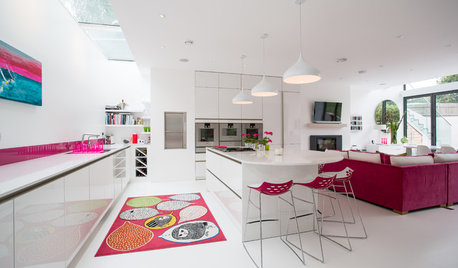
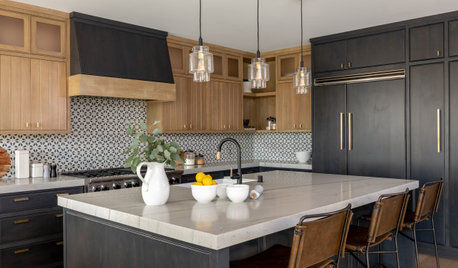
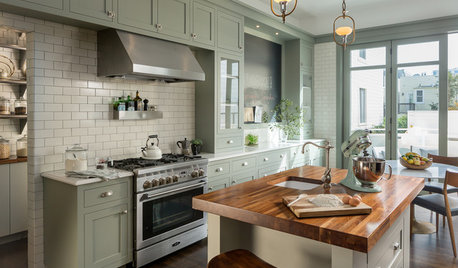
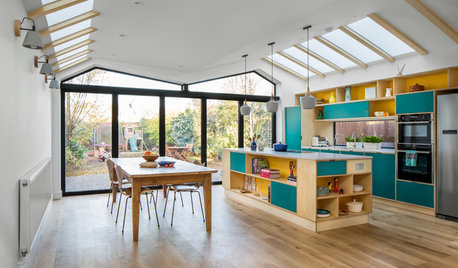
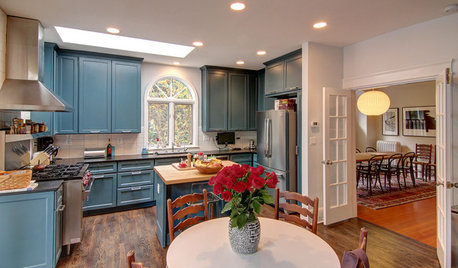
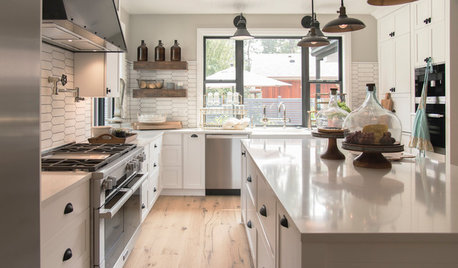
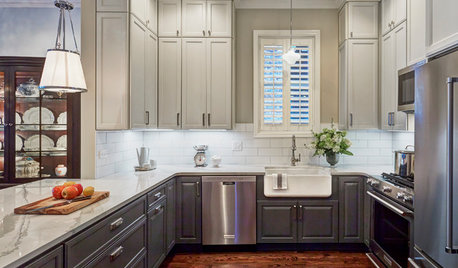
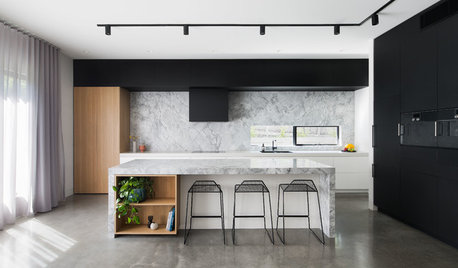
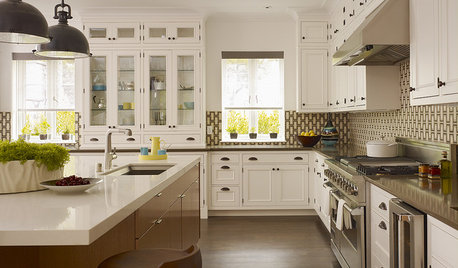
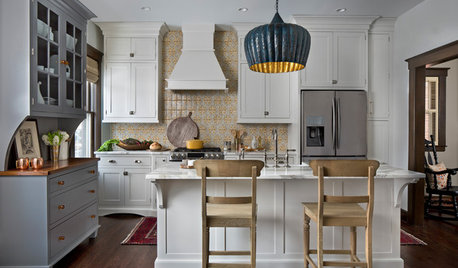



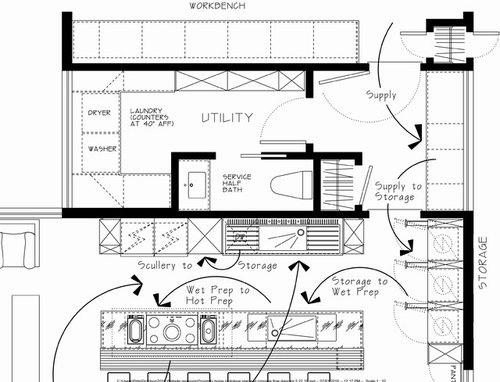
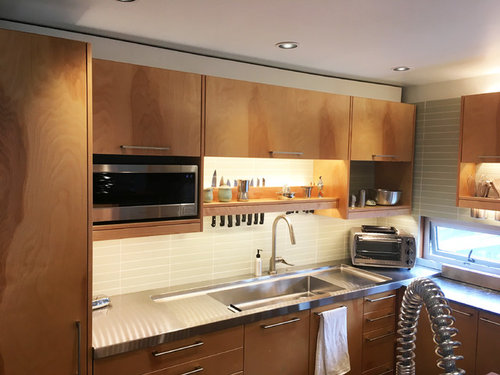
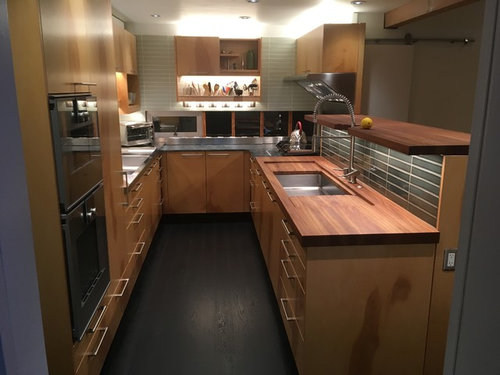
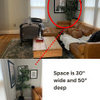
lizziesma
Anglophilia
Related Discussions
What are the principles?
Q
What were your most fundamental changes?
Q
What arte the most popular GW kitchen elements right NOW?
Q
What type of range hood is most classic for a 1920s kitchen?
Q
alex9179